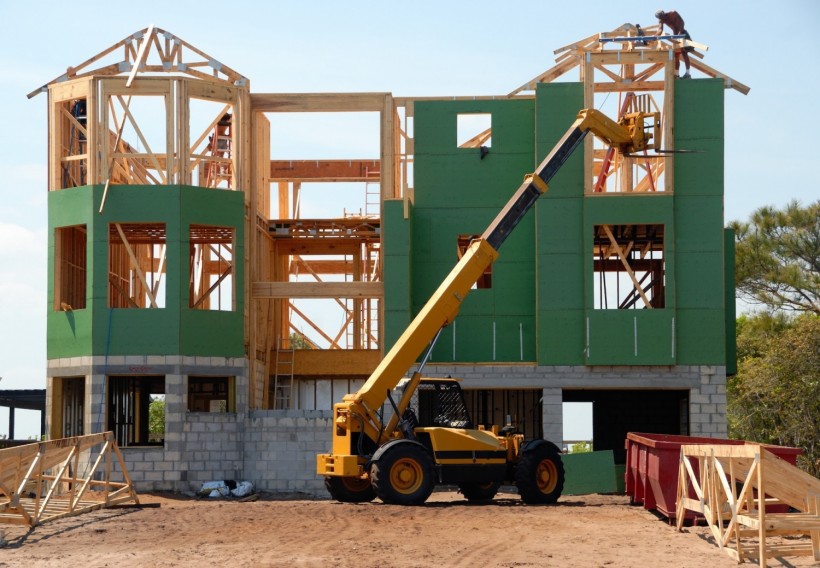As energy bills continue to rise, making your home more energy efficient is more important. The more energy efficient your home is, the more you can lower your utility bills and help preserve the environment while improving the comforts in your home.
So how do you make your home more energy efficient? Well, below are a few crucial tips to keep in mind.
Orientation
By strategically positioning your home, you'll be able to maximize the benefits of natural shade or sunlight.
It's highly recommended that you face the north side of your house toward the sun most of the day and the south side toward the shade.
Construction
When constructing your home, aim for maximum airtightness. Cross-laminated timber, insulated concrete framework, structural insulated panels, and timber frames are a few construction practices that can help you achieve that.
Insulation
A more airtight structure retains more heat during the winter and air conditioning in the summer. The amount of energy needed to heat and cool your building is drastically reduced due to this. Investing in high-quality insulation solutions for your ceilings and walls can make your house more energy efficient all year.
Glazing And Windows
Glass is often a poor insulator, allowing a lot of heat to escape rapidly from within a house. You may improve your home's ability to retain heat by installing double or even triple glazing.
Reduce the number of windows on the west and east walls and ensure the main windows face north. Also, ensure that the doors and windows are airtight when it's closed.
Lighting
Your brand-new house should be illuminated entirely by LEDs. These lights are the most energy-efficient that are currently available. They last a long time, provide a lot of light and consume very little electricity.
Saving money on your home's energy bill is as simple as making wise choices about lighting, rearranging your lighting layout, and making the most of the available natural light.
Cross Ventilation
Greater airflow may be achieved with more extensive floor plans, sliding stacker doors, broad corridors, and high ceilings. Natural circulation may help the home cool down more quickly if doors and windows are installed on opposite sides of the building.
Appliances
Up to 60% of a typical home's energy bill might come from appliances and other plug loads. Thus, it is crucial to choose energy-efficient models. Investing in energy-efficient appliances is a great way to save costs, preserve the environment, and boost the value of your house. When picking out new household appliances, consider the Energy Star rating.
Use Foam Insulation
Spray foam insulation is a significant help in keeping your home running more efficiently. The material itself is excellent at reducing the loss of warm or cool air. It's incredible at squeaking into nooks and crannies, making your home more airtight.
Just be sure to use the right spray foam right for the job to maximize the benefits of foam insulation.
Wrapping It All Up
So that's it for now. The tips mentioned above should give you a good start on making your home more energy efficient. Of course, feel free to continue exploring other strategies.
* This is a contributed article and this content does not necessarily represent the views of sciencetimes.com












!['Cosmic Glitch' in Einstein's Theory of General Relativity Could Be Explained in This New Scientific Tweak [Study]](https://1721181113.rsc.cdn77.org/data/thumbs/full/53435/258/146/50/40/cosmic-glitch-in-einsteins-theory-of-general-relativity-could-be-explained-in-this-new-scientific-tweak-study.jpeg)


